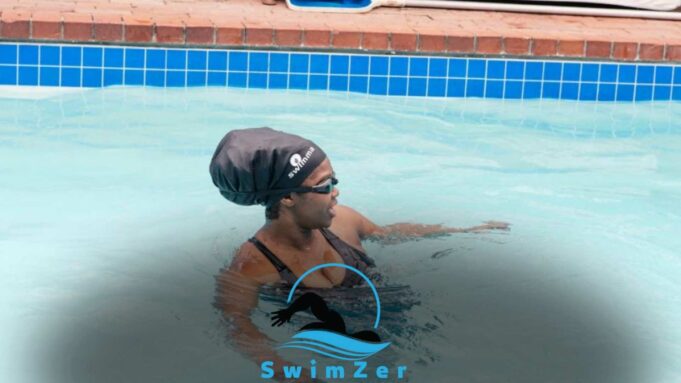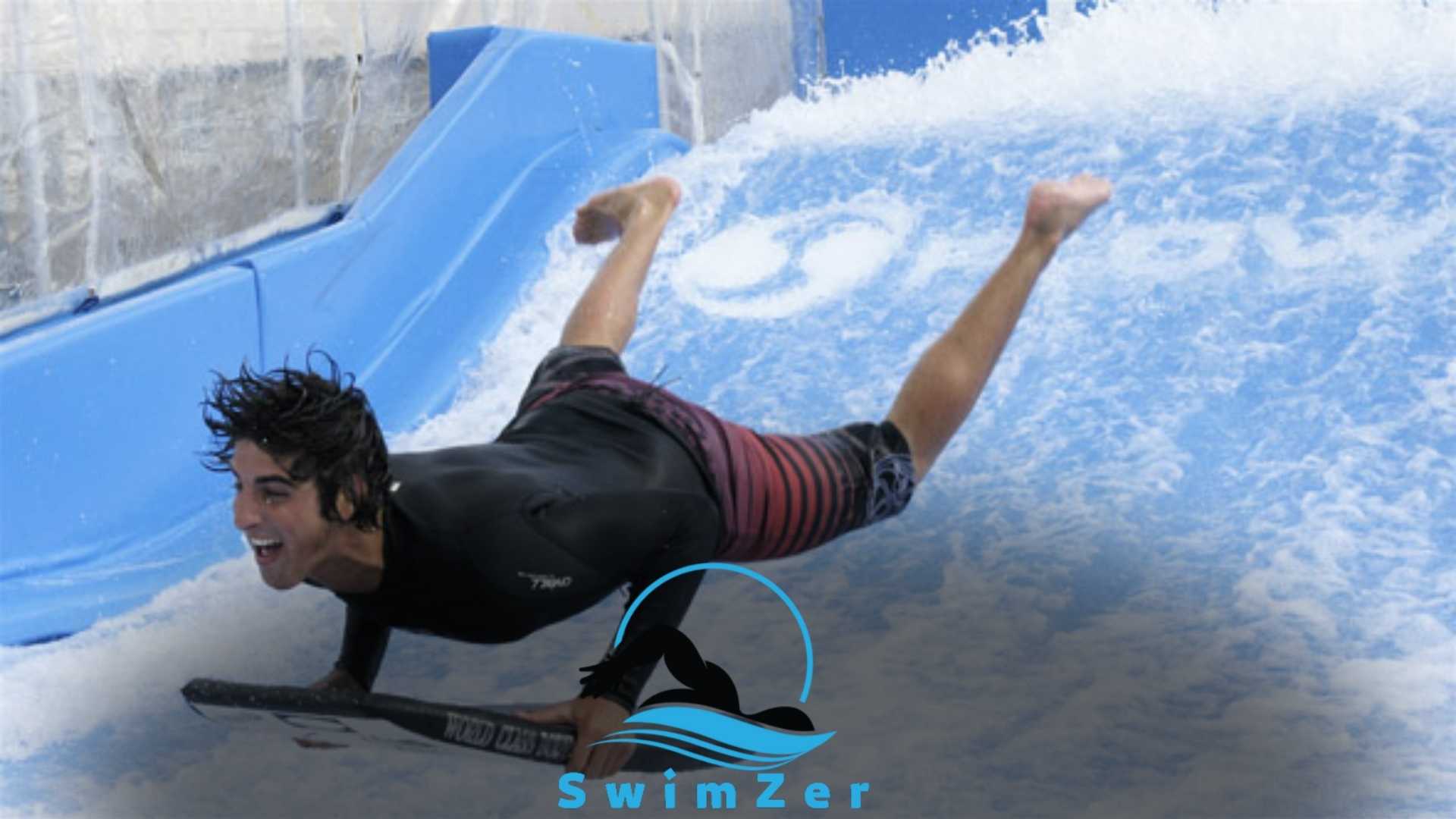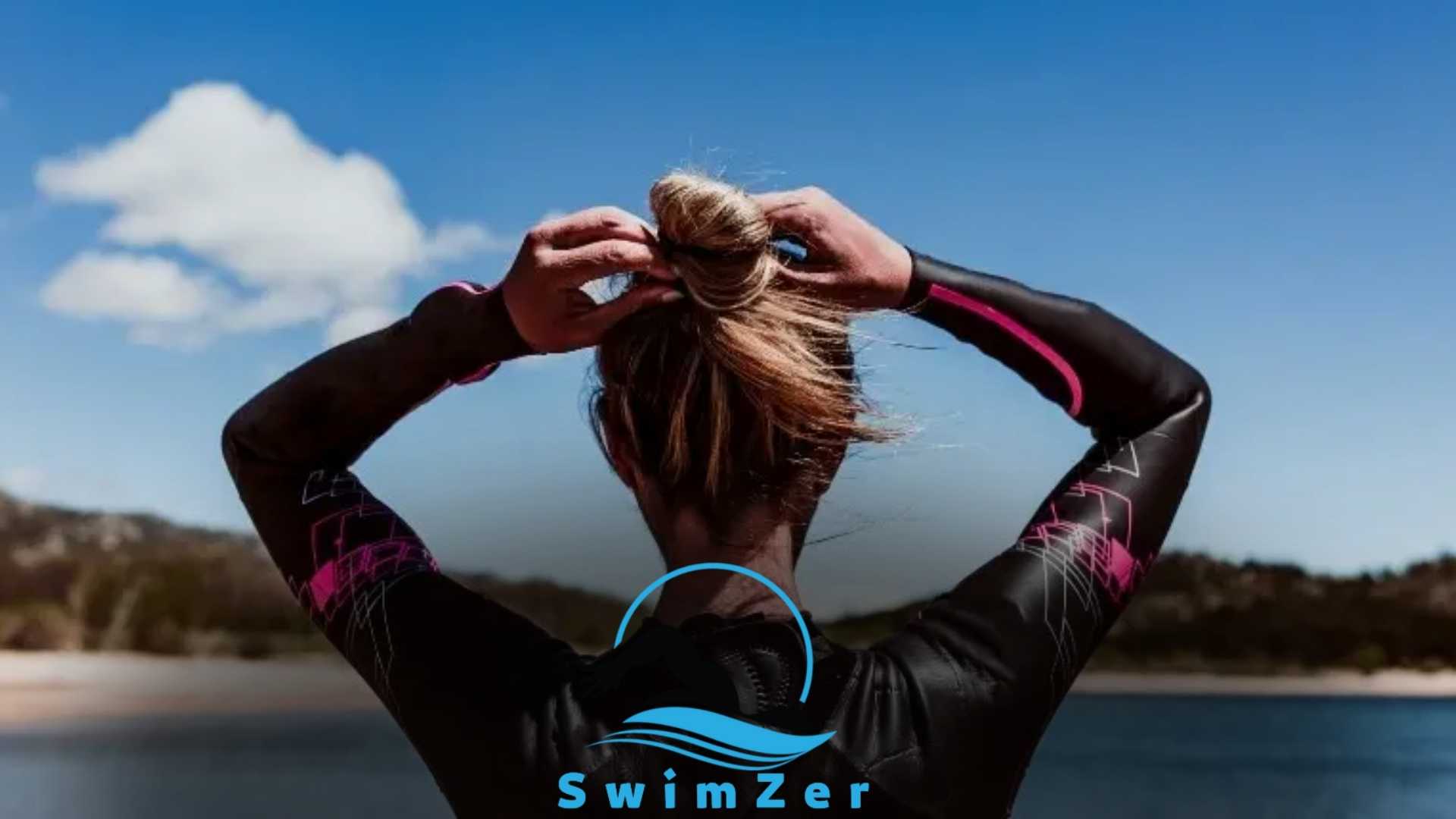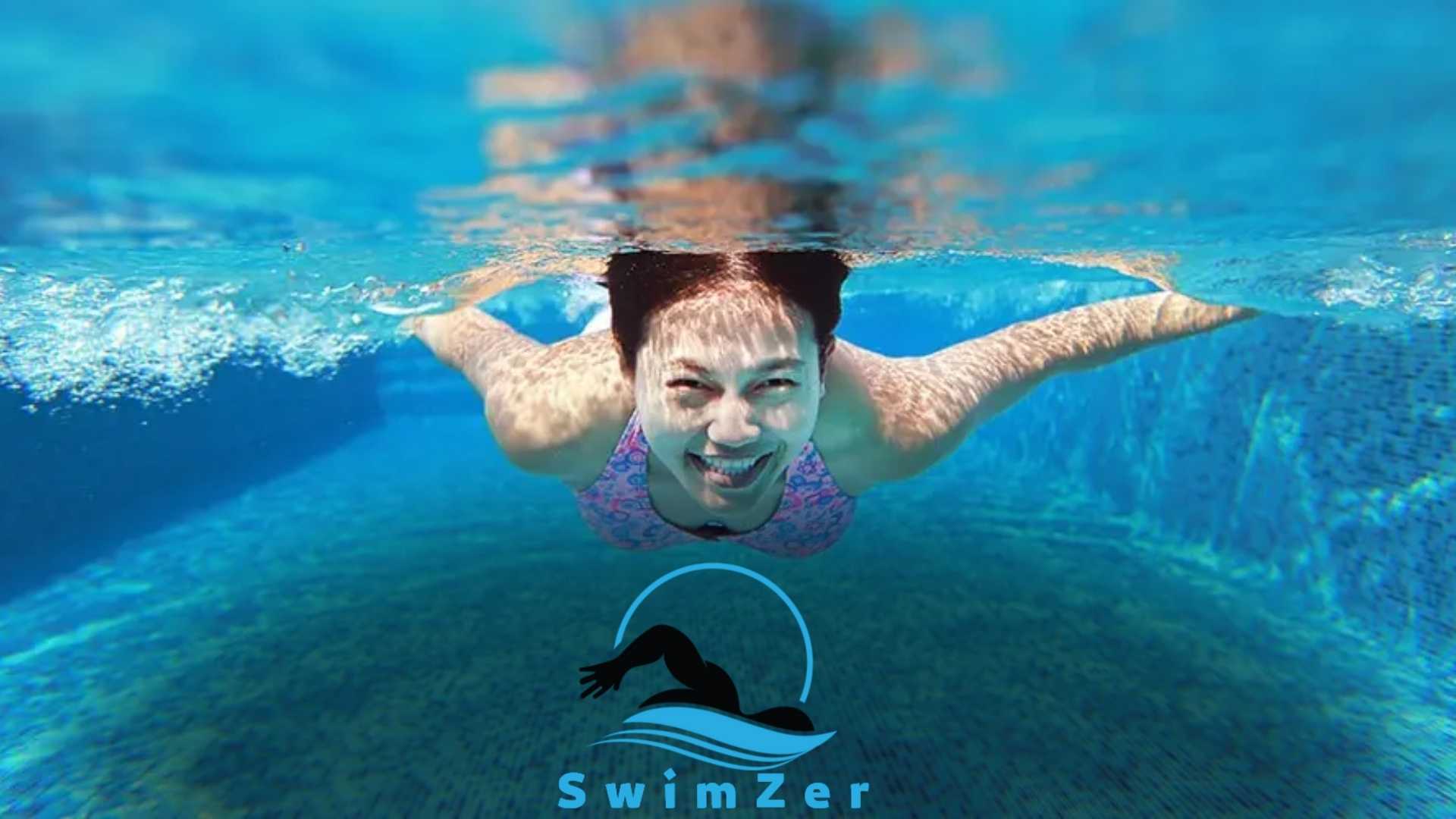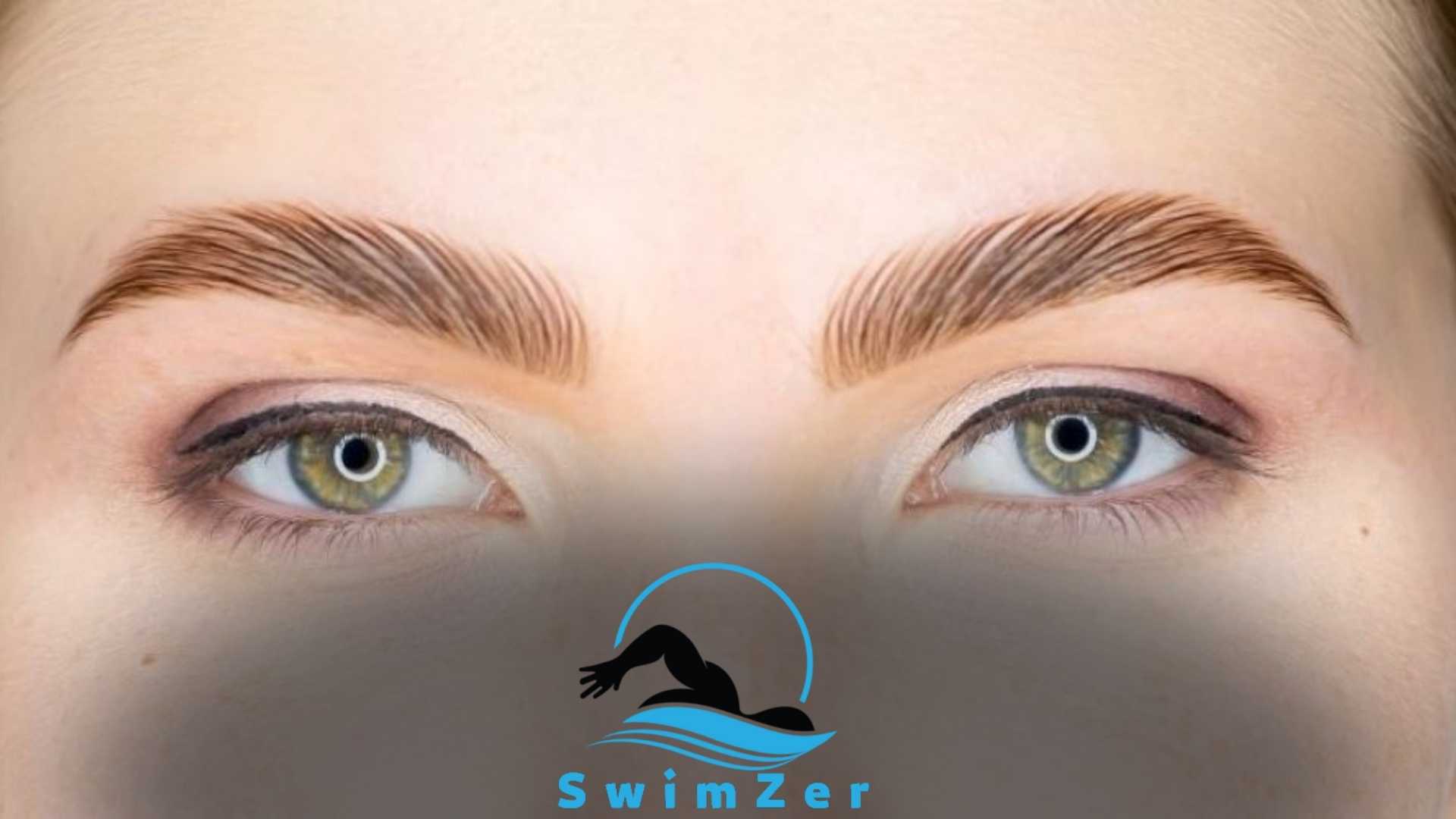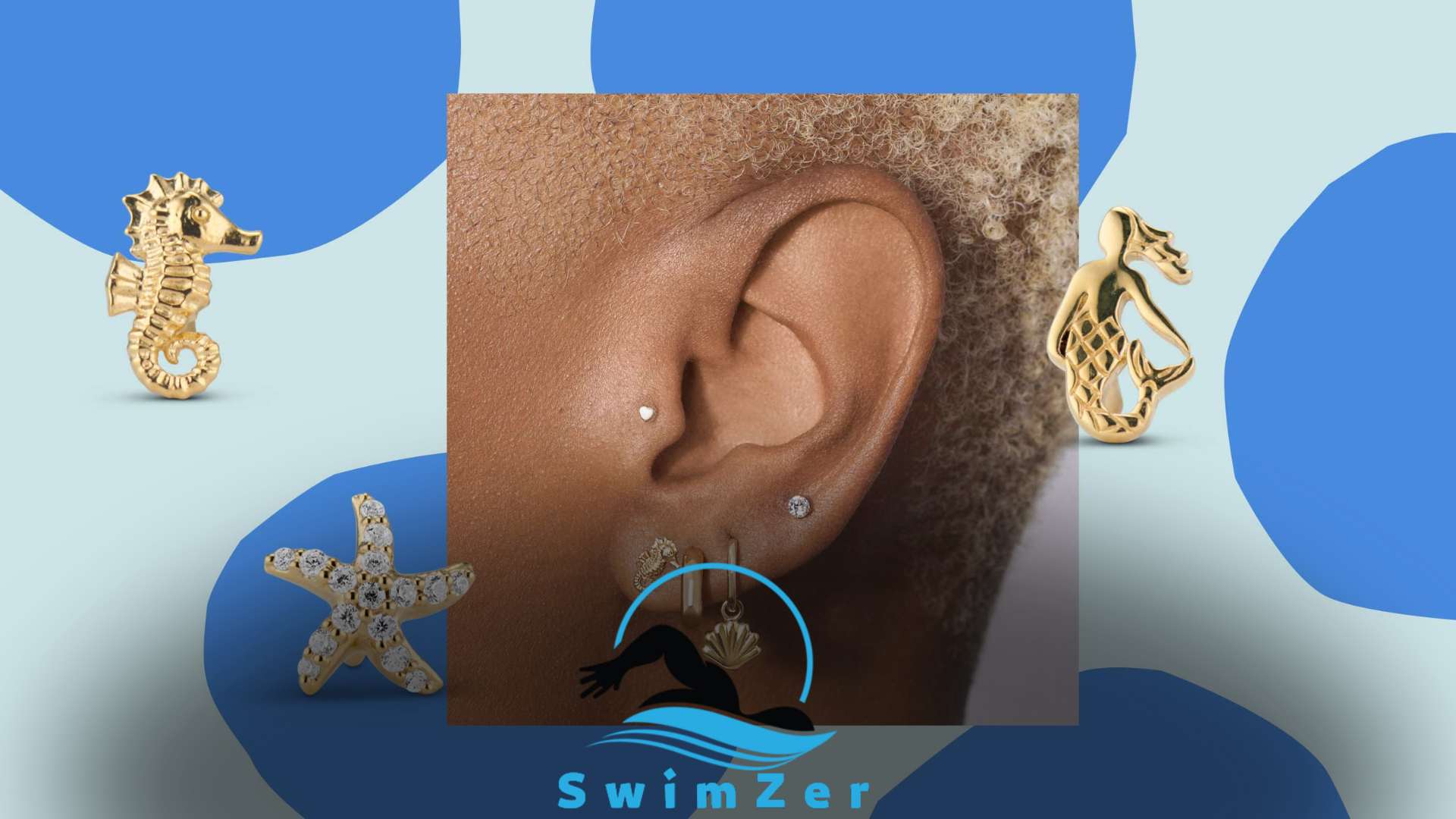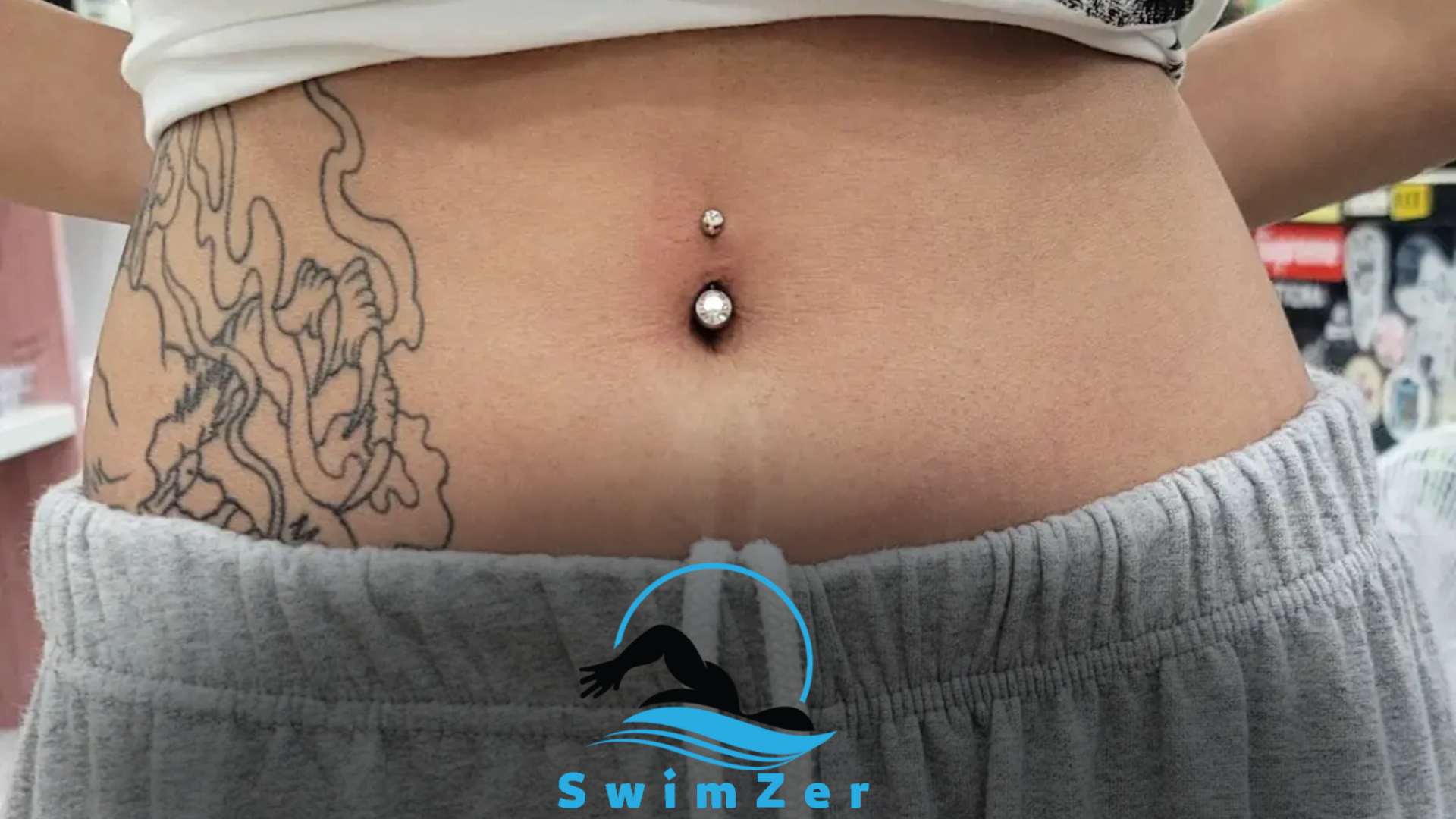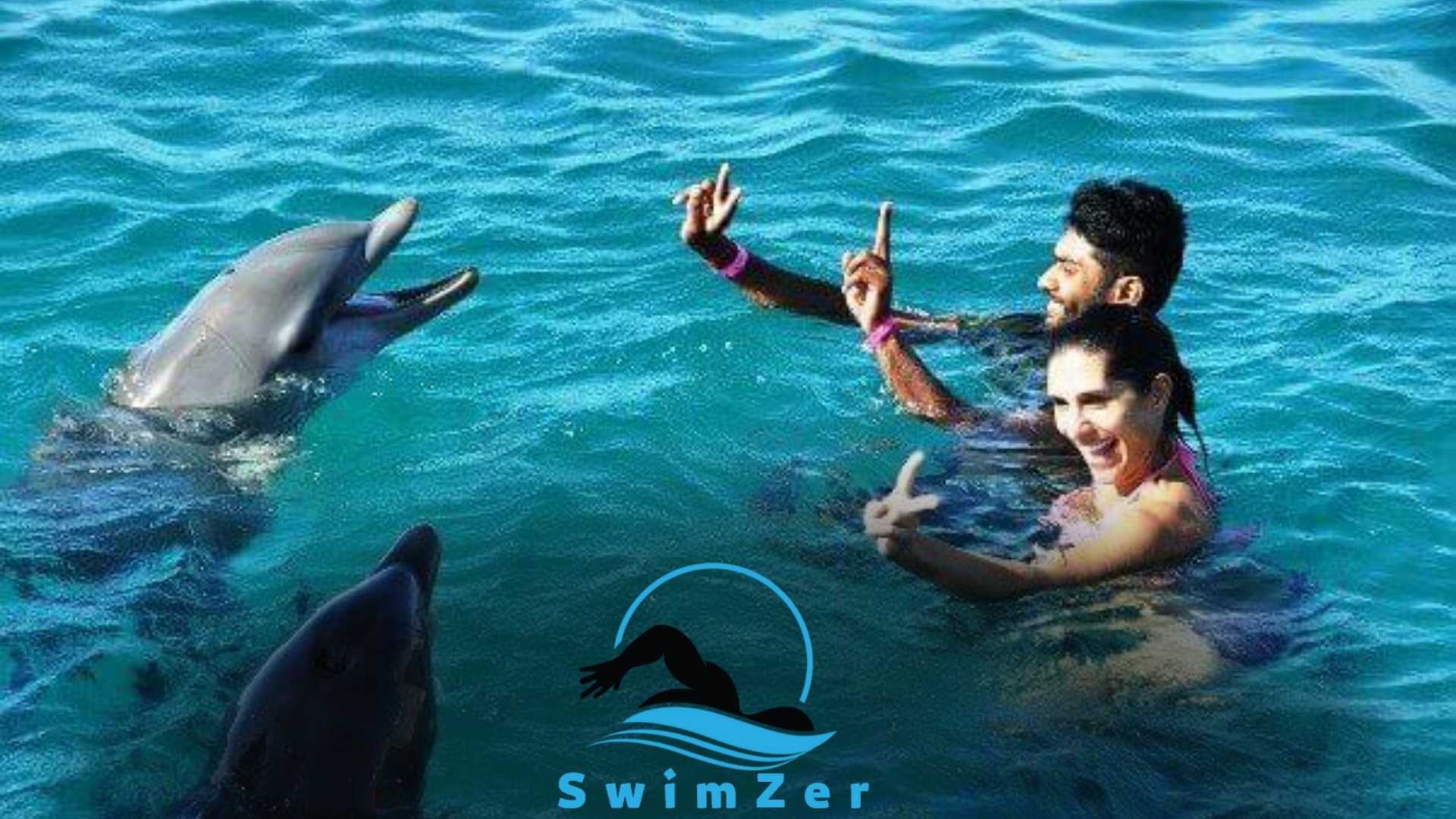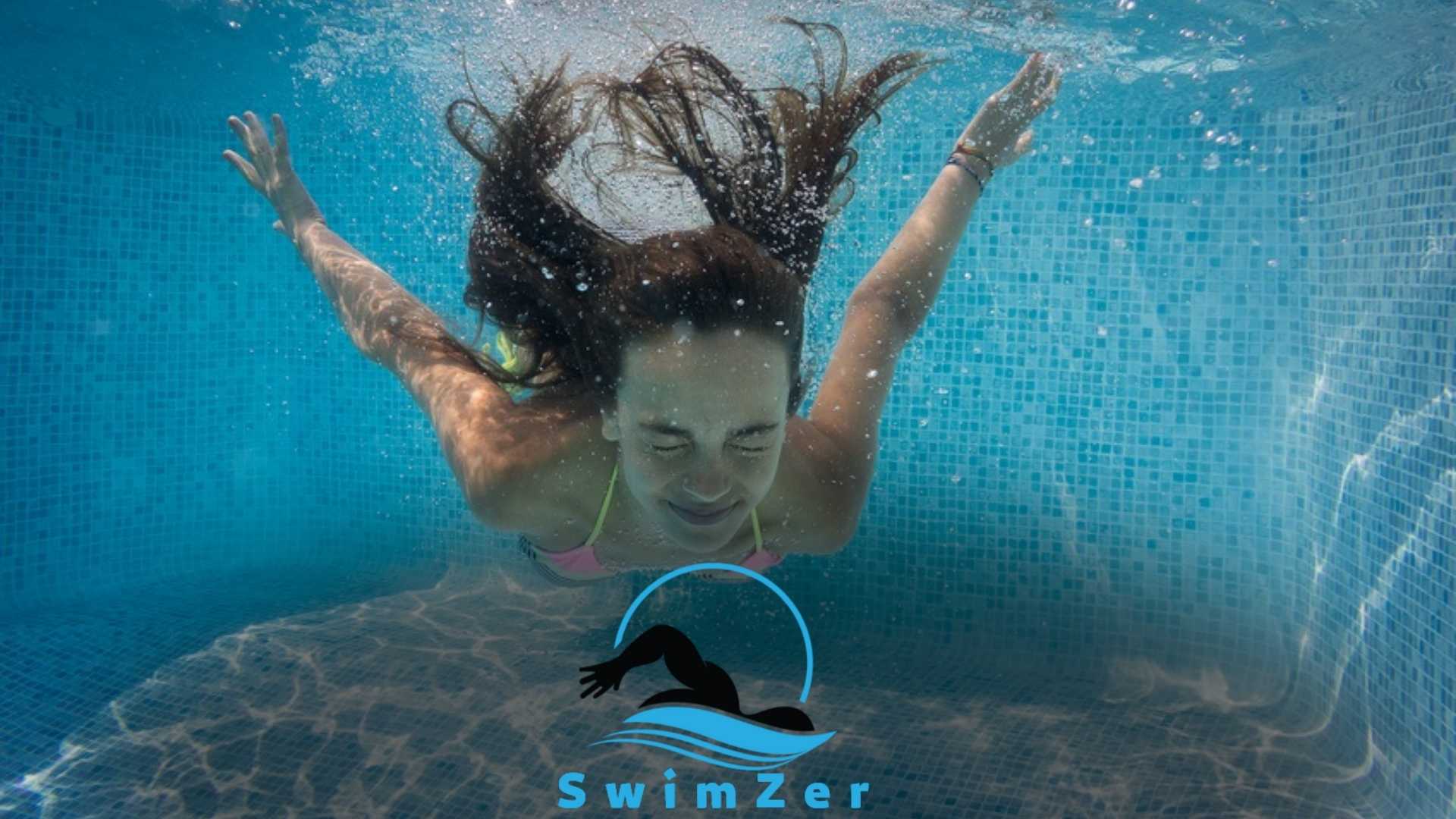Swimming with crochet hair is not recommended as it can cause damage to the hair and ruin the style. Crochet hair is typically made with synthetic hair, which can become matted and tangled when it comes in contact with water.
In addition, the weight of the water can cause tension on the hair and scalp, which can lead to discomfort and breakage. Protecting your crochet hair investment is better by avoiding swimming in pools, lakes, or oceans.
Instead, consider wearing a swimming cap to protect your hair or choosing a different hairstyle that is more water-friendly.
In this article, we’ll explore the reasons why swimming with crochet hair is not ideal and offer tips on how to care for your crochet hair to keep it looking great for longer.
What is Crochet Hair?
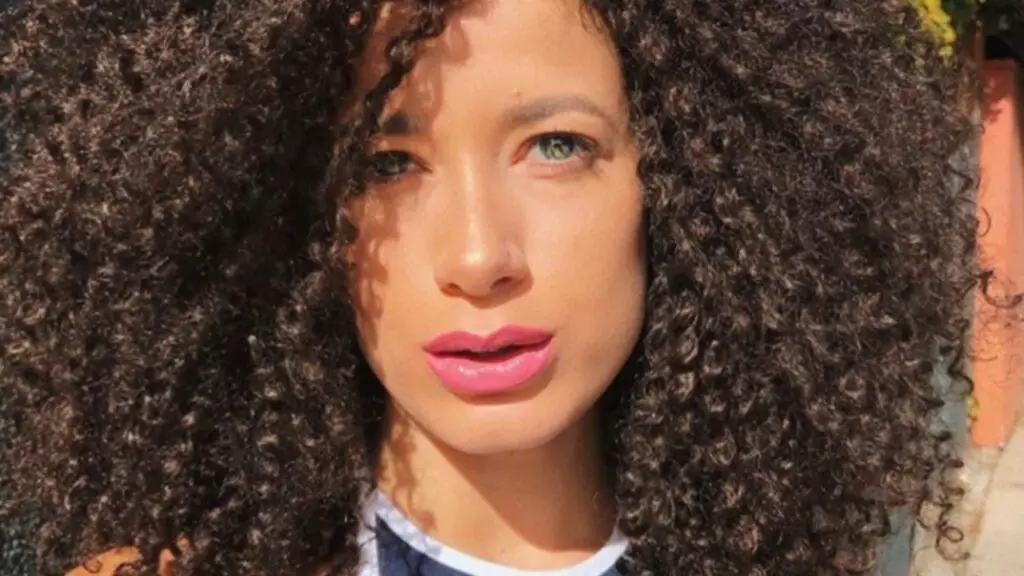
Crochet hair is a hairstyle that uses crochet braids made of natural or synthetic hair looped through the cornrows on your scalp. This hair type is interwoven into the hair instead of glued or sewn.
Crochet braids offer a protective style for natural hair, which can keep it from breaking and encourage growth. Some of the most popular types of crochet hair are Marley hair, Havana twist, and Senegalese twist.
Crochet hair is versatile and can be styled in various ways, including a ponytail or bun, and it can be used to achieve different colors and lengths.
Whether swimming with crochet hair is possible depends on your crochet hair, so consult with your stylist before taking a dip in the water.
Soft locs are a trendy and protective hairstyle, but how do they fare in the pool? Discover the care tips and guidelines for swimming with soft locs to ensure they remain stylish and intact.
Swimming With Crochet Hair
Swimming with crochet hair can be challenging, but it’s not impossible. Before diving, there are several factors to consider. First, make sure your hair is fully secured to avoid unraveling.
Choose high-quality extensions that can withstand chlorine and saltwater.
Opt for protective styles like braids or a bun. Wear a swim cap to reduce your hair’s contact with water. After swimming, rinse your hair with fresh water. Avoid using hot tools on your hair immediately after swimming to prevent damage.
Following these guidelines, you can swim with crochet hair without fearing damaging your hair extensions.
How Swimming Affects Crochet Hair
Swimming with crochet hair can impact the hair’s quality and style. The chemicals from the pool can damage the hair and potentially cause it to tangle.
Chlorine in the pool can strip the hair’s natural oils, causing it to become frizzy and brittle.
Additionally, saltwater can hurt crochet hair, making it dry and tangled. To avoid damage to the crochet hair, it’s best to protect it with a swim cap or avoid submerging it in water altogether.
If swimming is a must, washing and conditioning the hair immediately after is recommended. Overall, it’s essential to remember the impact that swimming can have on crochet hair and take the necessary precautions to prevent any adverse effects.
Faux locs offer a protective and stylish look, but are they suitable for swimming? Dive into the insights on swimming with faux locs and how to care for them post-swim.
Post-Swim Care Tips for Crochet Hair
Swimming with crochet hair can be a pleasant and refreshing experience, but it is essential to take precautions, especially for aftercare. To maintain the longevity of your crochet hairstyle, you should follow a few post-swimming care tips.
First, avoid washing your hair immediately after swimming, which can damage the crochet hair. Instead, rinse your hair with plain water, detangle it gently using a wide-tooth comb, and let it dry naturally.
Secondly, use a sulfate-free shampoo to cleanse your hair after swimming. Additionally, apply a deep conditioner to moisturize and revive your crochet hair. Keeping your hair moisturized is crucial to prevent it from tangling or matting.
Finally, avoid exposing your hair to excessive sunlight or chlorine, which can cause your crochet hair to fade or deteriorate.
By following these best practices, you can maintain your crochet hairstyle’s health, shine, and longevity.
Crochet Hair in Hot and Humid Weather
Crochet hair is a popular protective styling option during summer for those who love to swim. However, managing this hair in hot and humid weather can be challenging.
To maintain your crochet hair during summer, keeping it moisturized is important.
Applying a leave-in conditioner or oil before swimming protects it from chlorine and keeps it hydrated. Another way to manage it is by wearing protective styles such as braids or twists.
These styles help to keep hair tangle-free and prevent damage.
These hairstyles can also be complemented with accessories such as headbands or bandanas. Lastly, choosing the right type of crochet hair can make a huge difference.
Opting for synthetic hair designed explicitly for swimming can be a great choice.
Following these tips, you can enjoy the pool or beach while confidently rocking your crochet hair.
General Tips for Crochet Hair Care During Summer
Maintaining crochet hair during summer can be daunting, but it can be a breeze with a few best practices. First and foremost, avoid swimming with crochet hair, as it can cause tangling and breakage.
Instead, opt for protective styles such as braids or twists.
Use a satin bonnet or scarf to protect hair while sleeping and avoid excessive heat from styling tools. Also, avoid over-washing and find a lightweight leave-in conditioner to keep your hair hydrated.
Remember, these dos and don’ts can help you maintain your beautiful crochet hair all summer.
Crochet Hair Characteristics for Swimming
Swimming with crochet hair is possible if you choose the right hair type. You need hair that can withstand chlorinated water without matting or unraveling for swimming activities.
The best crochet hair type for swimming is synthetic hair made from Kanekalon, Toyokalon, or Marley’s hair.
These hair types can resist chlorine, salt water, and humidity while retaining their natural look. When buying crochet hair for swimming, look for hair that is lightweight, soft, and durable. Avoid heavy or bulky hair, which can weigh you down and restrict movement.
Additionally, buy hair that is pre-looped or pre-twisted to reduce installation time. With these key things in mind, swimming with crochet hair can be a fun experience!
Factors to Consider When Choosing Crochet Hair for Swimming
Before choosing crochet hair to swim with, consider your hair length and type, as well as your preferences and style. Depending on the size and type of your hair, you may want to choose a specific type of crochet hair for swimming.
Some people prefer a particular style or color, while others opt for a more natural look. No matter what your preferences are, it’s essential to choose a crochet hair that will adequately protect your natural hair while swimming and also keep you looking your best.
Remembering these factors, you can confidently choose the right crochet hair for your swimming needs.
Two-strand twists offer a unique and stylish look, but how do they handle the pool? Learn about the precautions and recommendations for swimming with two-strand twists to ensure they stay beautiful.
Can I Swim With Crochet Hair?
Swimming with crochet hair is a question many people ask when they want to try out a new hairstyle they love. You can swim with crochet hair, but it depends on the type of hair used and how well it is installed.
Crochet hair is usually made from synthetic material or human hair, which can be adversely affected by chlorine or salt water and cause it to tangle.
To be safer, apply moisturizing oil to the hair before swimming and wear a swim cap to protect it from water damage.
Drying the hair thoroughly after swimming is crucial to avoid moisture retention that can damage your natural hair or cause mold and mildew growth.
In general, it is possible to enjoy your crochet hair while swimming as long as you take the proper precautions to keep it looking healthy.
Should I Avoid Swimming With Crochet Hair?
Swimming with crochet hair is possible but not recommended. The weight of wet hair can strain your scalp and cause damage. Avoid chlorine, salt water, and heat to maintain your hairstyle.
Use a swim cap and tie your hair up to protect it from tangles.
Alternatively, consider protective styles such as braids or twists more suitable for swimming. Consult with a professional stylist to determine the best option for you.
Plan your swimming schedule or choose non-submersible activities to avoid compromising hair health and style.
You can enjoy the water with proper care and product use without sacrificing your hair goals.
Frequently Asked Questions
Can You Swim With Crochet Hair Extensions?
Yes, you can, but you have to be careful. Chlorine and salt water can damage the crochet hair extensions. Use a swim cap, braid, or tie your hair up, and avoid submerging your head underwater for long periods.
How Do You Take Care of Crochet Hair After Swimming?
After swimming, rinse the crochet hair extensions immediately with fresh water. Use a detangling brush and gently brush the hair. Apply conditioner to restore moisture and let the hair dry naturally or with a diffuser.
How Long Can You Keep Crochet Hair Extensions In?
Crochet hair extensions can last up to 8 weeks or more, depending on how well you care for them. Avoid over-styling and over-brushing, and sleep with a silk or satin bonnet to protect the extensions.
Is It Okay to Wash the Crochet Hair Extensions?
Yes, washing crochet hair extensions is vital to keep them clean and smelling fresh. Use a sulfate-free shampoo and conditioner, and avoid rubbing the hair too hard to prevent damage. Rinse thoroughly and let the hair dry naturally or with a diffuser.
Can You Go to the Beach With Crochet Hair Extensions?
Yes, you can. However, protecting the hair from the sun and saltwater, which can cause damage and tangling, is essential. Wear a hat or a scarf, use a leave-in conditioner, and rinse the hair thoroughly with fresh water after swimming.
Conclusion
Swimming is an excellent way to relax, unwind, and stay active, but many women with crochet hair hesitate to dip in the pool or ocean.
Fortunately, you can swim with crochet hair. Swimming with crochet hair is safe and easy with proper maintenance and a few precautions.
Some of the things you should consider before taking the plunge include using a swimming cap, washing your hair with cold water as soon as you’re done swimming, and using anti-chlorine sprays and other protective products to keep your hair safe from damage.
Following these tips and caring for your hair, you can confidently dive into the water and enjoy everything swimming offers.
So whether you’re planning a tropical vacation or want to exercise at your local pool, don’t let your crochet hair stop you from enjoying one of the most refreshing activities!

